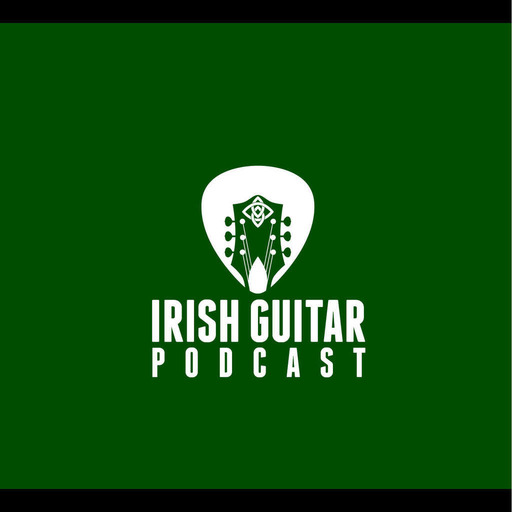This is an often-played polka, normally in the key of G.
Polkas, like marches, are in 2/4 time. That is, there are two groups of quavers, or the equivalent. Where you have two groups of four quavers, you should play:
- down on the first quaver
- down on the next quaver.
In this tune the only time you play an up stroke is on the last semiquaver (or sixteenth note) of a group of what would be two eighth notes if there were no sixteenth notes.
In this tune you will only be picking up on the last notes of Bars 1, 3, 4, 5, 10, 11, 14, 17, 18, and 20.
There are only ten up strokes in the whole tune. Also note that the last 5 bars of part A are identical to the second time ending in Part B of the tune. In fact a lot of people just play the B part through twice without the second time ending. But Tony learnt it off P.J. Hernon and if it’s good enough for Mr Hernon...
If you're using the booklet (book 4), you will see that there are differences between the sheet music chords above the melody and the separate guitar accompaniment sheet. For the purposes of the recording we’ve used the guitar accompaniment sheet, but this will show you that there is more than one way to back up a tune. Tony loves that Em to begin the second part of the tune, but G Major is just as valid.
Chords are G, C, D and Em.


 Education
Education